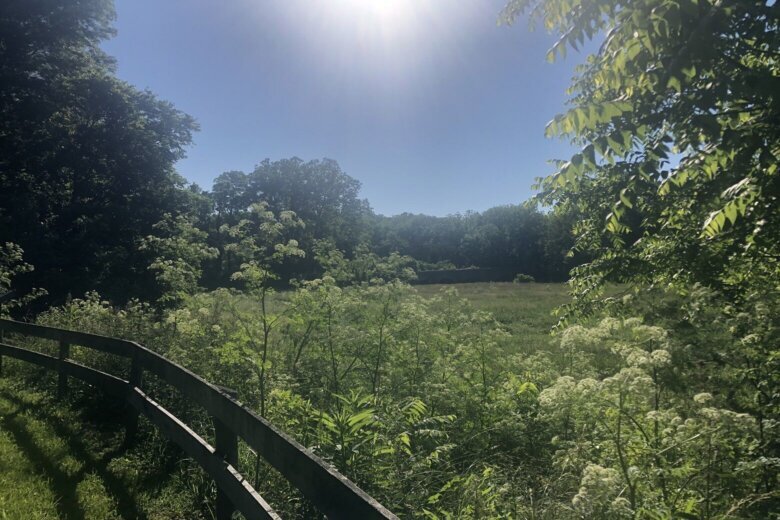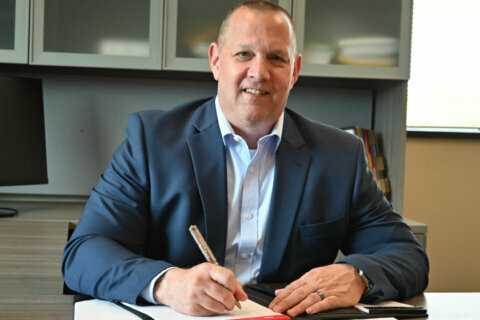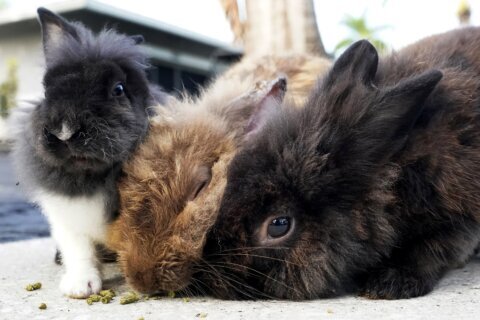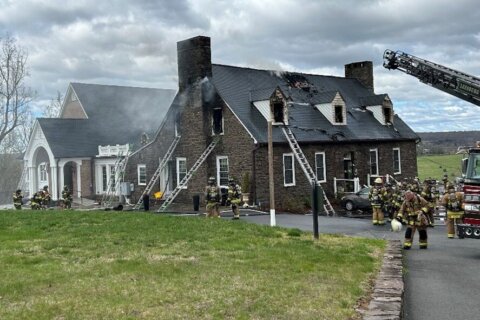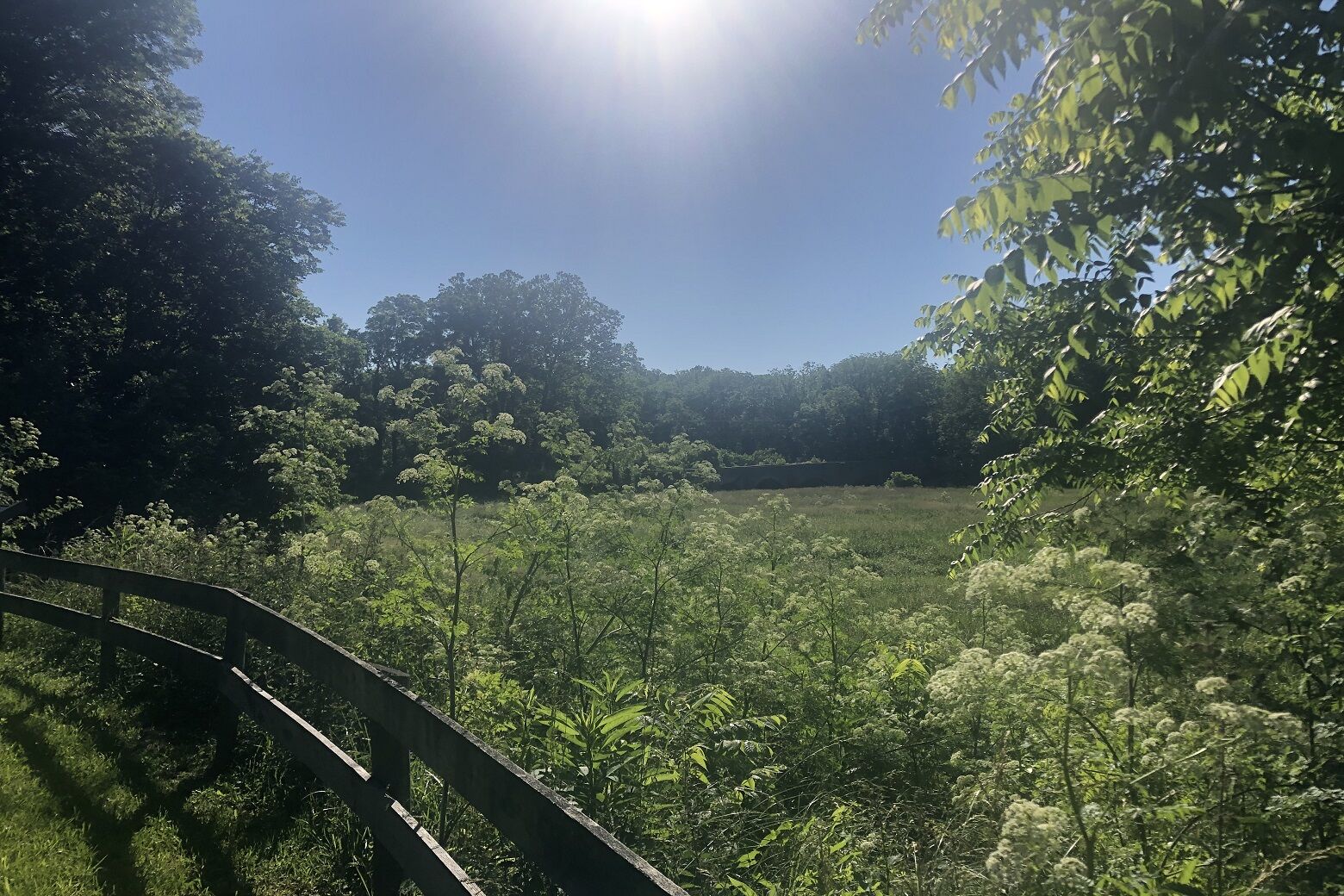
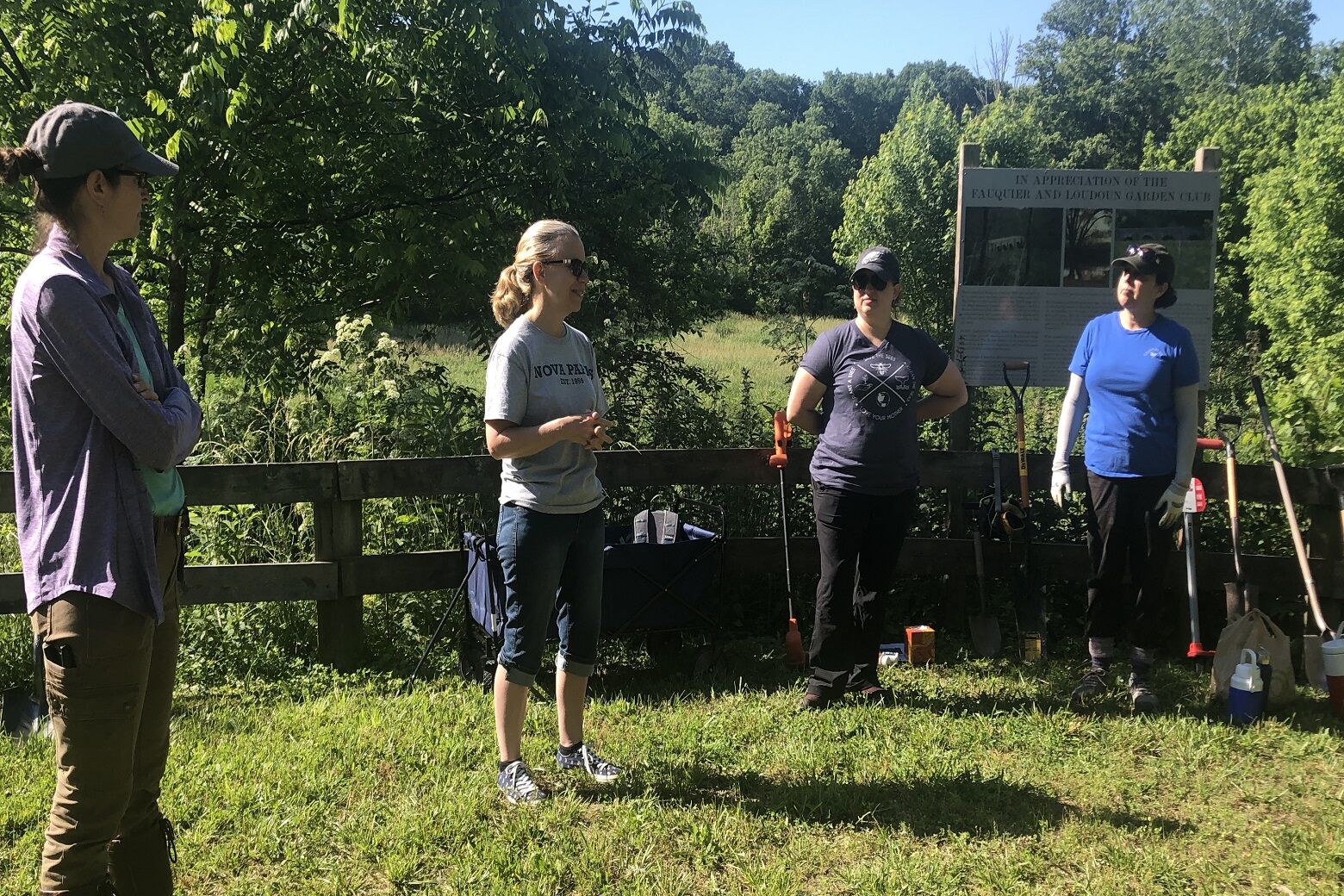
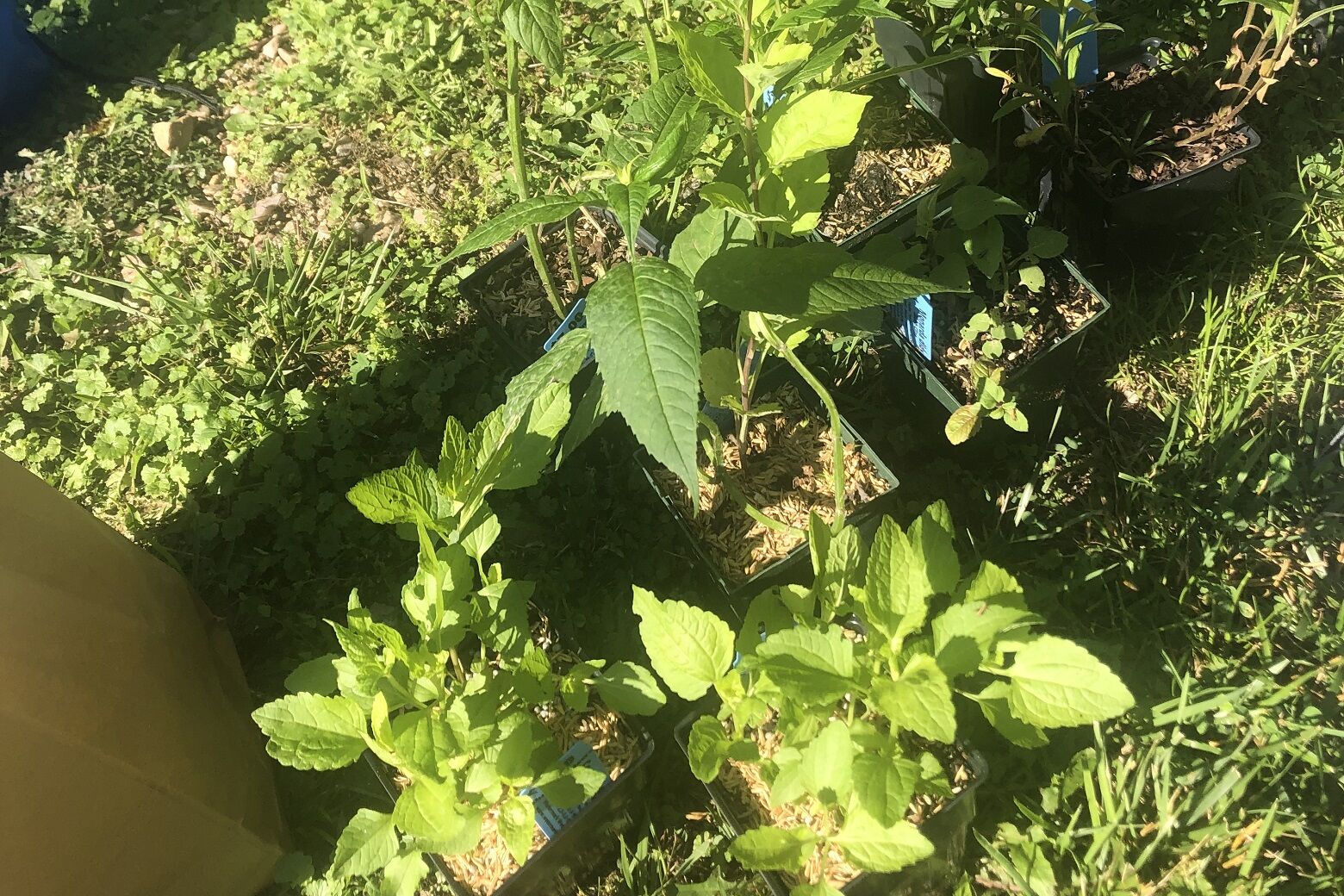
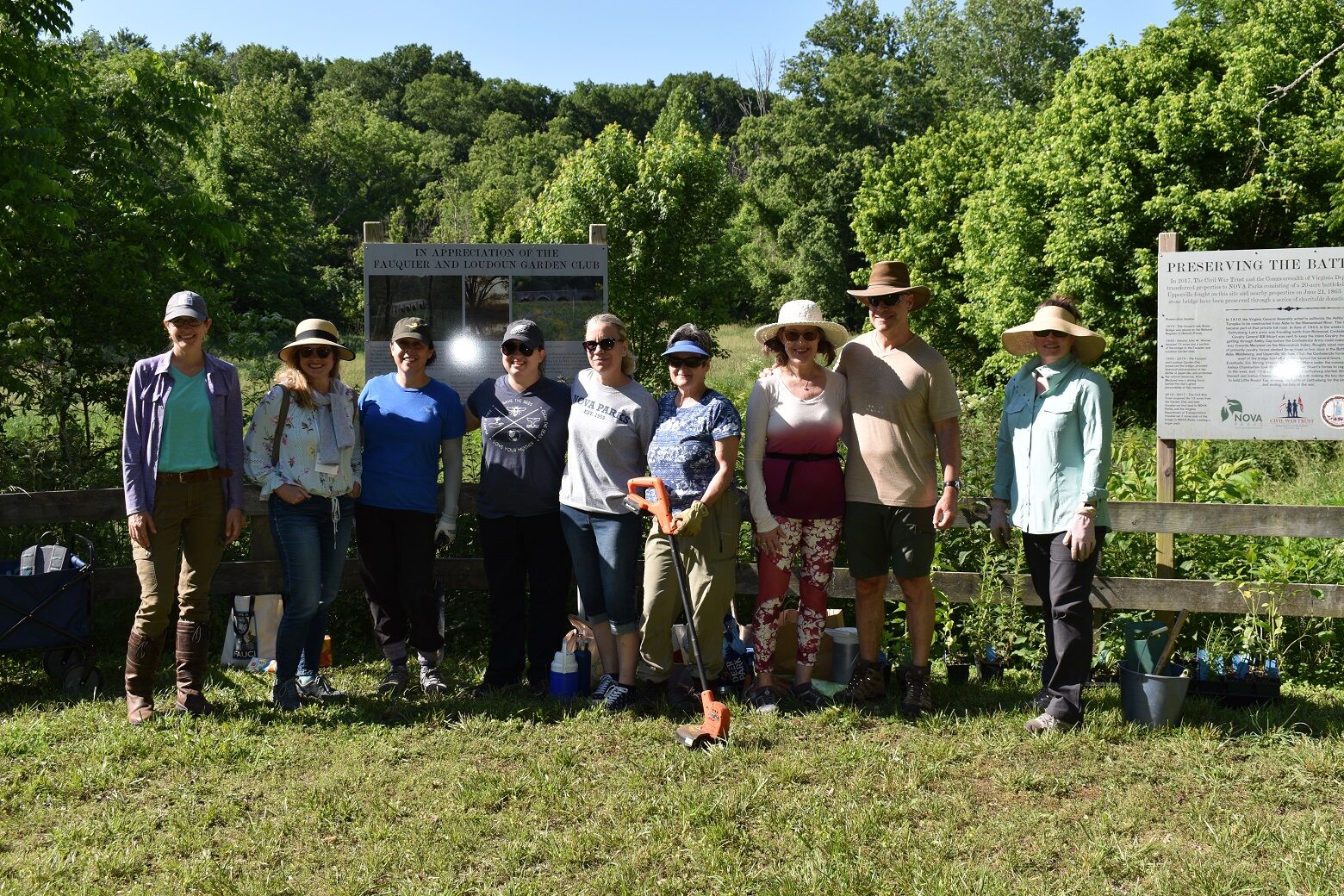
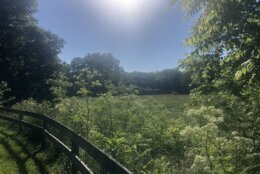
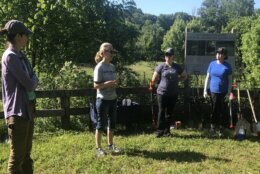
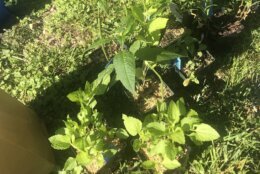

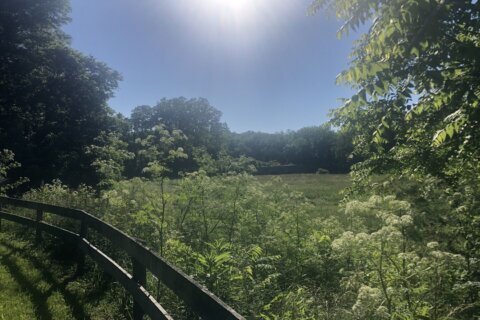
The flowers surrounding a historic bridge got some major help in order to restore a popular place to visit in Loudoun County, Virginia.
The Goose Creek Bridge in Middleburg, Virginia, which was featured prominently during the Civil War Battle of Upperville, was once home to a flourishing Wildflower Walk where bluebells and milkweed plants showed their bright colors.
Paul Gilbert, executive director of NOVA Parks, is working with the Virginia Master Naturalist program for the project and said volunteers at the bridge had worked hard to bring those flowers back.
“They addressed invasive species and planted wildflowers in this meadow,” Gilbert said.
The bridge itself was built in 1803, during Thomas Jefferson’s first administration. It is now part of NOVA Parks’ Battle of Upperville, Goose Creek Historic Park.
“It looks like a medieval castle with flying buttresses,” he said.
Gilbert said that, once those plants are up and blooming, you’ll see a big difference.
“Probably next spring, you’ll see a wonderful variety of colors in this field of high grass,” he said. “You’ll see birds swooping down, and bees will be in there collecting nectar, and it will provide just a much enhanced habitat value for the whole ecosystem.”
Michelle Prysby, the director of the Virginia Master Naturalist program said getting rid of invasive plants makes wide impact.
“We have a lot of public lands, parks that have been degraded by invasive plants that have kind of taken over the area and suppressed the native plant species,” she said. “And that really results in a decrease in habitat for our wildlife.”
The restoration won’t only be scenic. It’s helpful for the wildlife in the area, as well.
“People usually care about seeing our beautiful native plants and seeing our wildlife,” Prysby said. “And the way to improve that is to restore these areas, and volunteers can really help with that.”
For those interested in volunteering with similar projects in the region, you can visit the Virginia Master Naturalist website for more information.

